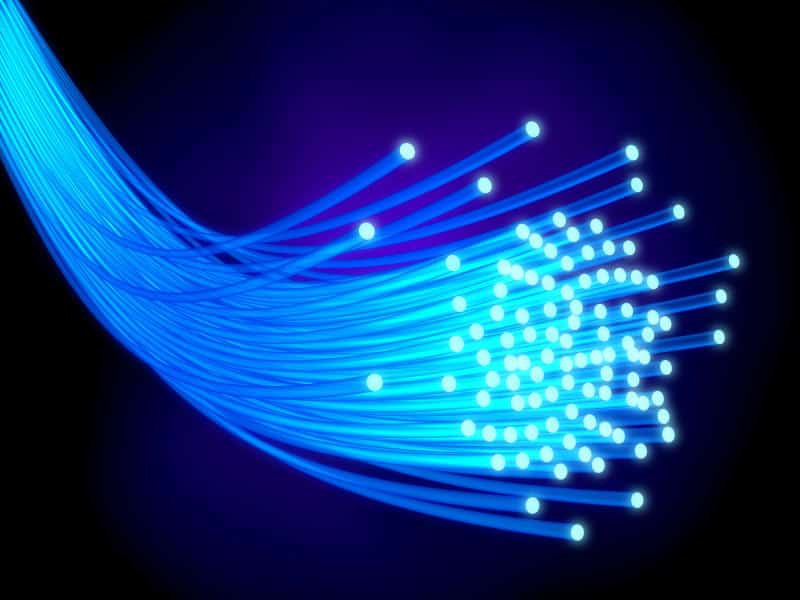
For cities like Minneapolis, the challenge is no longer whether people are online; it’s how to provide the speed, stability, and capacity needed to keep up. According to the International Telecommunication Union, global internet usage has surged to over 5.4 billion users in 2024, marking one of the fastest adoption rates in human history. This unprecedented growth has transformed internet access from a convenience into an essential part of modern infrastructure.
A City Adapting to a Digital Reality
In recent years, Minneapolis has gained recognition as one of the Midwest’s most forward-thinking cities. Its economy blends long-standing industries like manufacturing and healthcare with an increasingly influential technology sector. That shift has been accelerated by the growth of remote work, digital services, and cloud-based operations.
City leaders now view internet connectivity in the same category as transportation networks, energy grids, and public safety systems. Schools, hospitals, start-ups, and local government agencies all rely on fast, reliable connections to deliver services and meet daily demands.
The Role of Fiber in Meeting Future Needs
Traditional broadband networks are being pushed to their limits by the amount of data moving across them. With video conferencing, real-time gaming, and high-resolution streaming becoming commonplace, the pressure on existing systems has never been greater. Fiber-optic connections, which transmit information through light rather than electrical signals, offer a way forward by providing faster speeds, lower latency, and higher reliability.
Many residents and businesses are now considering options from a Minneapolis fiber internet provider to stay ahead of demand. While adoption depends on factors such as cost, availability, and individual needs, experts note that fiber’s scalability makes it well-suited for long-term growth and development.
Economic and Social Implications
Upgrading connectivity doesn’t just make web browsing faster; it has tangible economic and social benefits. For small businesses, reliable internet can be the difference between expanding into global markets or missing opportunities. It allows entrepreneurs to manage e-commerce operations, process transactions instantly, and collaborate with partners anywhere in the world.
In education, students can access online research tools, virtual classrooms, and academic resources without interruption. This is especially important in ensuring equity across different neighborhoods, as the digital divide can limit opportunities for those without consistent access.
Socially, a better internet strengthens community engagement. Nonprofits can reach more people through online campaigns, job seekers can apply for positions remotely, and residents can stay informed about local issues through digital news platforms.
Looking Ahead
As 2025 unfolds, Minneapolis is expected to continue investing in digital infrastructure as part of its growth strategy. The goal is not just faster connections but resilient systems capable of handling sudden surges in demand, whether driven by major events or emerging technologies.
The conversation around internet access has shifted permanently. It’s now a question of readiness: which cities will have the networks to support innovation, inclusion, and economic vitality in the years ahead? For Minneapolis, taking action today ensures that its residents and businesses remain connected, competitive, and prepared for a digital-first future.
